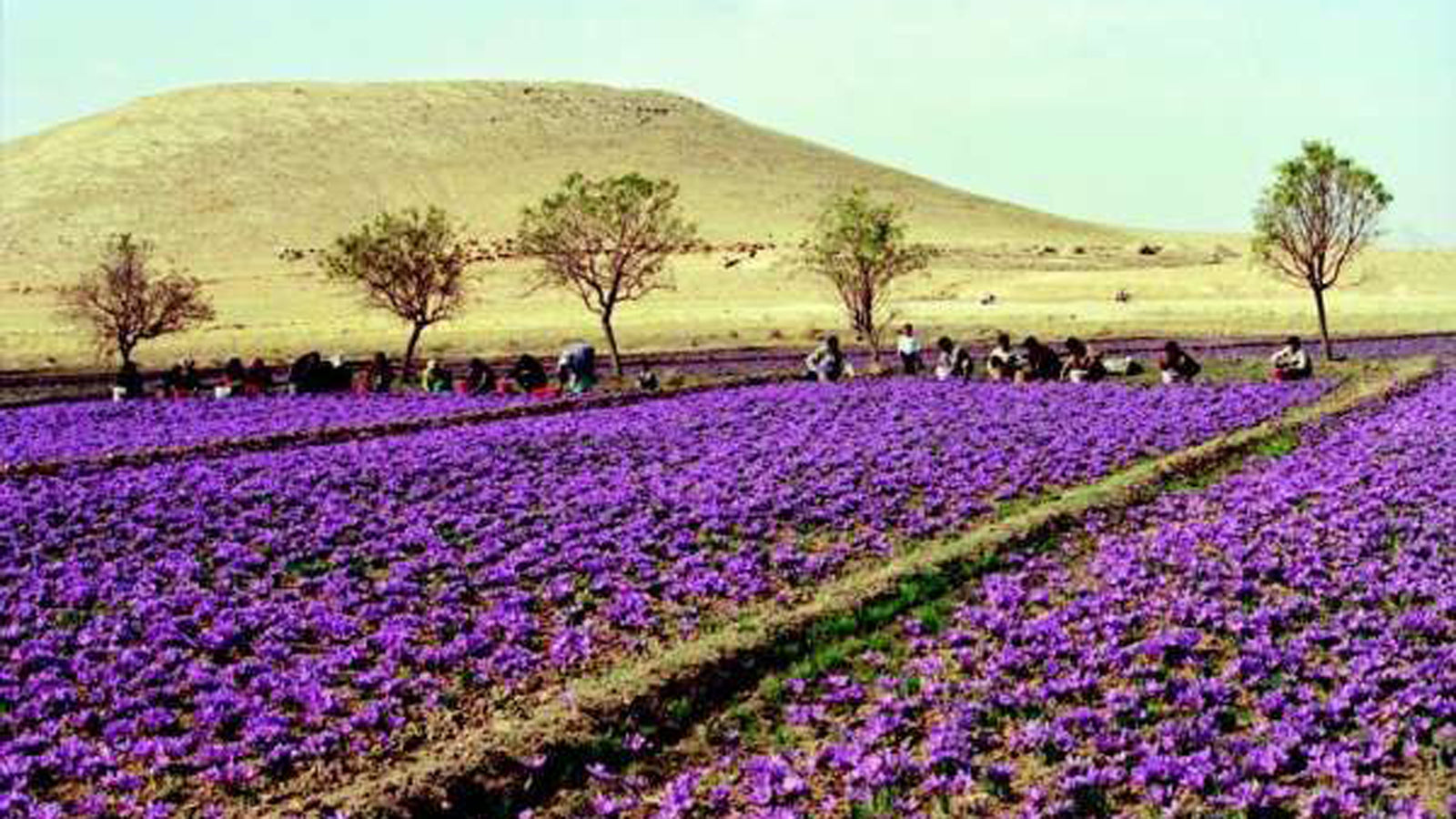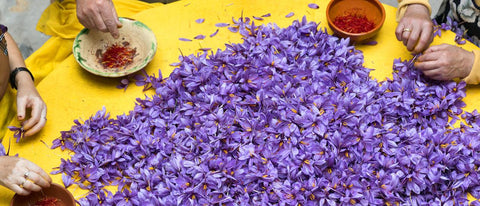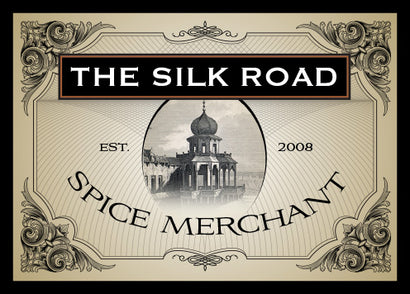FREE SHIPPING WITHIN CANADA ON ORDERS OVER $120 (some exceptions apply)
FREE SHIPPING WITHIN CANADA ON ORDERS OVER $120 (some exceptions apply)
Saffron – the facts about the world’s most expensive spice
July 02, 2022 4 min read

One of the spices that we are asked about most is saffron. People come into our shops with questions, comments and stories about saffron nearly every day, and they most often revolve around its price. We get asked things like "Is saffron the most expensive spice in the world? Is it really more expensive than gold? Why does it cost so much? Is it worth it?" The stories often involve finding large amounts of saffron for very low prices in other countries.
Saffron is a very special spice for multiple reasons, and one of those is undoubtedly the high cost of it. Saffron comes from a variety of crocus flower, Crocus sativus, which may have originally been native to Iran, but which is now cultivated in smaller quantities in warm climates around the world. Each flower contains three small red stigmas, which are carefully hand-plucked and dried as saffron. And this is why the price of saffron is inescapably high: each flower must be hand-picked and each thread of saffron must be delicately plucked from the flower. It takes approximately 70,000 flowers, yielding around 200,000 stigmas, to produce around one pound of dried saffron. It’s incredibly labour-intensive and there are no shortcuts.

Iran still grows the majority of the world’s saffron crop (about 90%), with the remainder being divided between Spain, Greece, India, and Italy (with small amounts grown in Turkey, New Zealand, the US, and elsewhere). Each country has their own standard for grading and categorizing saffron, but in all cases the strength of the flavour and colour can vary depending on the growing conditions and soil as well as the amount of mild-flavoured yellow “style” that’s included with the more intense red stigma.

At The Silk Road, we buy all our saffron from a fifth-generation family operation in La Mancha, Spain. We offer two varieties, both of which are considered “grade A” based on their colour and flavour: mancha, which has a small amount of the yellow style still attached, and coupe, which is pure red stigmas only. We buy it in one-ounce bags which we carefully weigh out into our own one-gram tins. While a single gram of saffron seems like very little, the good news is that only a small amount of saffron is needed for a given dish – usually just a pinch of 10-15 threads. Depending on how much you add to a dish, a single gram is often enough for 20 uses.

The scent and flavour of saffron is quite intense. It’s hard to describe: a little floral and reminiscent of fresh hay. There’s certainly no mistaking it for any other flavour – another reason it is so valuable and sought-after. Just that one pinch also colours food with a bright yellow hue.
One of the biggest problems with saffron worldwide is the huge market in fake saffron and adulterated saffron. This is where those stories of big bags of cheap saffron from the market in Istanbul come into it. Markets in European cities are notorious for tricking tourists with “locally grown” saffron at excellent prices, the idea being that it’s cheap due to the fact that it is grown right nearby. Unfortunately, what these markets are usually selling is not saffron at all, but safflower petals, which bear a superficial resemblance to real saffron threads. Safflower has a nice light scent that is sometimes used in herbal teas, but it has none of the colour or flavour of actual saffron. You can even find it in Canada, labeled and sold as saffron in some supermarkets. We keep a bag of it, bought right here in town, at the till in our Calgary shop to show people. Even if you know what real saffron should look and smell like, the tip off should always be the price. While a sandwich bag full of saffron for five US dollars sounds like a great deal, it’s always fake; there’s simply no way to cultivate and harvest saffron profitably at that price.
The photo below is of safflower petals. They are similar to saffron threads, but if you look closely, you can see that they are clearly dried petals rather than stigmas.

Fake saffron is also a problem in that batches of real saffron are sometimes cut with other matter to bulk it up. This could range from tiny red polyester threads to safflower petals or other red plant fibres, or in the case of powdered saffron, turmeric and paprika. We choose not to sell powdered saffron for this reason, and we receive certificates of purity from the Spanish government for all our saffron threads.
In any case, if you’re going to spend money on saffron anywhere, it’s important to understand where it comes from, what it should look and smell like, and why it costs what it does. Once you’ve got that covered, you can shop with confidence and start to enjoy the amazing colour and flavour of this delightful spice.
Subscribe
Sign up to get the latest on sales, new releases and more …

